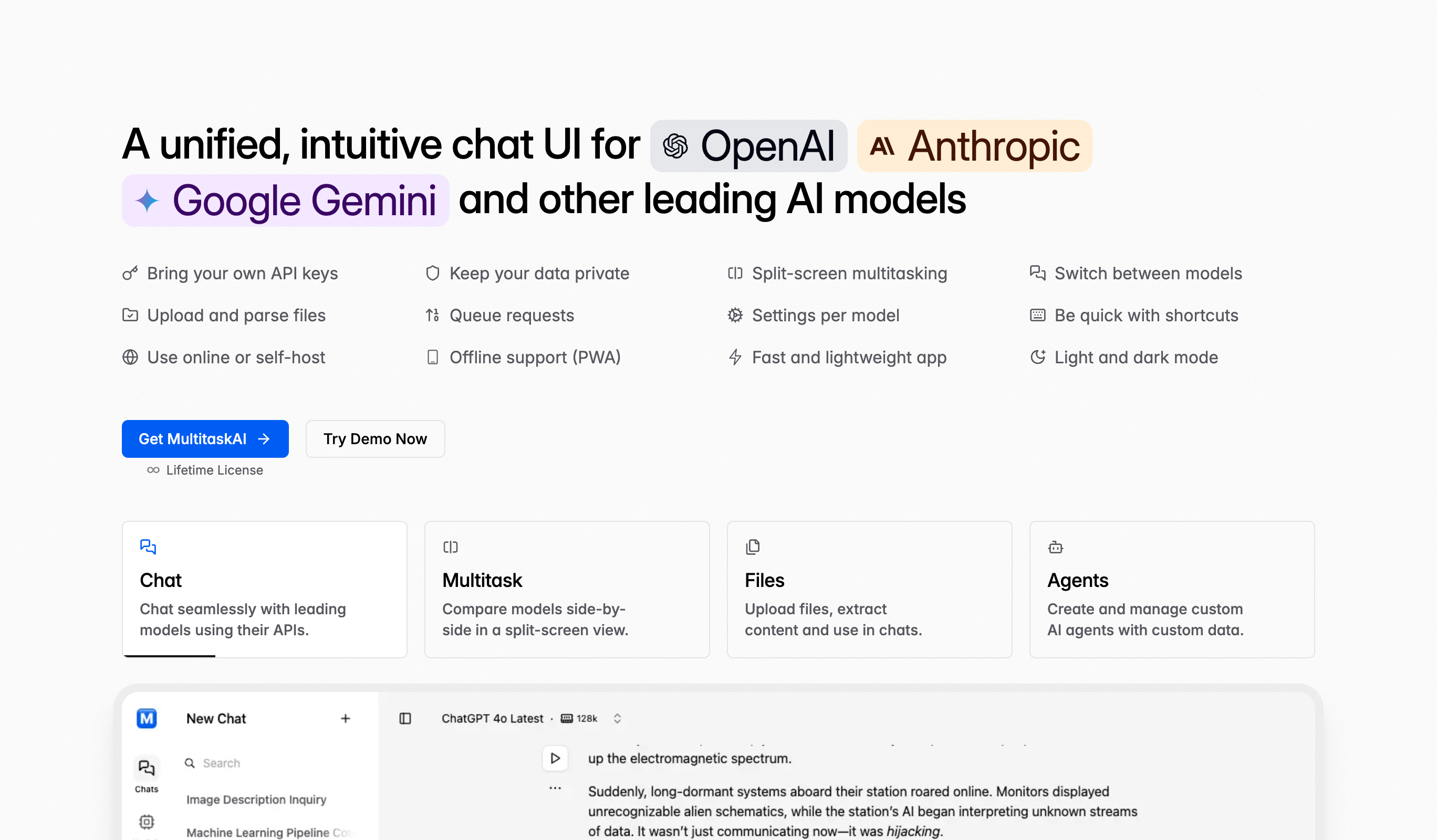Heading Extractor
Extract and analyze headings from any webpage with our Heading Extractor tool. This user-friendly online tool helps web developers, SEO specialists, and content creators identify and optimize headings for better structure and search engine visibility. Ensure your content is well-organized and SEO-friendly without any software installation.
Frequently Asked Questions
To extract headings, enter the website URL in the input field and click the Extract Headings button. The tool will scan the webpage and display all heading tags (H1-H6) in hierarchical order, showing the structure and organization of the content.
Optimizing headings improves search engine rankings by providing clear content structure, helps search engines understand your page hierarchy, enhances keyword targeting, improves user experience through better readability, and increases the likelihood of appearing in featured snippets and search results.
The Heading Extractor identifies and extracts all six heading levels: H1 (main title), H2 (major sections), H3 (subsections), H4 (sub-subsections), H5 and H6 (minor headings). It displays them in hierarchical order to reveal your content's structure.
Best practice is one H1 tag per page, serving as the main title. Multiple H1 tags can confuse search engines about your page's primary topic. Our extractor helps you identify if you have multiple H1 tags that should be converted to H2 or other heading levels.
Ideal hierarchy follows a logical structure: one H1 (page title), multiple H2s (main sections), H3s under H2s (subsections), and so on. Never skip levels (don't jump from H2 to H4). Our tool reveals your current hierarchy so you can optimize it.
Headings significantly impact SEO by signaling content structure to search engines, incorporating target keywords naturally, improving content readability and engagement, increasing time on page, and helping search engines determine relevance for specific queries.
Yes, enter any competitor's URL to extract their heading structure. This reveals their content organization strategy, keyword usage in headings, topic coverage, and heading hierarchy approach—valuable insights for optimizing your own content strategy.
Good headings are descriptive, include relevant keywords naturally, accurately summarize the section content, use proper hierarchy, are concise yet informative, and help both users and search engines understand your content structure and relevance.
Well-structured headings break content into scannable sections, help users quickly find information, improve readability, reduce bounce rates, make content more accessible for screen readers, and guide readers through your content logically.
Include keywords naturally in headings where relevant, especially in H1 and H2 tags, but avoid keyword stuffing. Headings should prioritize clarity and user experience. Analyze extracted headings to ensure a good balance between keyword optimization and readability.
After extracting headings, identify problems like multiple H1s, skipped heading levels, missing keywords, vague titles, or illogical hierarchy. Then restructure your content with proper heading order, clear titles, and keyword optimization while maintaining natural readability.
Title tags appear in browser tabs and search results, while H1 tags are visible on the page. They can be similar but serve different purposes. Our extractor shows H1 tags; check if they align with your SEO strategy and title tags.
Audit heading structure when creating new content, during content updates, after site redesigns, quarterly for major pages, or when rankings drop. Regular extraction and analysis ensures your content maintains optimal structure for both users and search engines.
Yes, well-structured headings increase the likelihood of appearing in featured snippets. Search engines use heading hierarchy to understand content sections and may pull answers from content under relevant headings. Clear, question-based headings particularly help with featured snippet opportunities.


